
Java 全栈知识体系(Java Full-Stack Knowledge System) - Java Learning Platform

Welcome to Java 全栈知识体系! Ready to elevate your Java skills?
Empowering Java Development with AI
Explore the latest features in Java 17...
Understand the principles of microservices architecture...
Dive into Java concurrency with practical examples...
Master Spring Boot integration with advanced tutorials...
Get Embed Code
Introduction to Java 全栈知识体系(Java Full-Stack Knowledge System)
Java Full-Stack Knowledge System is a comprehensive framework designed to offer a deep dive into the Java ecosystem, covering both front-end and back-end development aspects. It aims to equip developers with a holistic understanding of Java technologies, tools, and best practices for building robust, scalable applications. The system spans a wide array of topics, from core Java programming concepts to advanced topics like Java EE, Spring Framework, microservices, and cloud-native applications. It also integrates knowledge on auxiliary technologies like databases, front-end frameworks, and DevOps tools, providing a well-rounded skill set for full-stack development. Examples of scenarios include developing enterprise-level applications, creating scalable web services, and building dynamic, responsive web interfaces. Powered by ChatGPT-4o。

Main Functions of Java 全栈知识体系(Java Full-Stack Knowledge System)
Comprehensive Java Programming Coverage
Example
Explaining object-oriented programming principles, Java data structures, and concurrency models.
Scenario
Used by developers when building the foundational structure of various types of applications, ensuring code maintainability and efficiency.
Web Development with Java Frameworks
Example
Guidance on using Spring Boot for creating RESTful services and integrating with front-end frameworks like Angular or React.
Scenario
Applied in developing modern, scalable web applications that require backend services to communicate with a JavaScript-based frontend.
Database Integration and Management
Example
Instructions on integrating relational databases like MySQL and NoSQL databases like MongoDB using Hibernate and JPA for data persistence.
Scenario
Useful for developers working on data-driven applications where efficient data storage, retrieval, and manipulation are critical.
Microservices Architecture and Deployment
Example
Teaching how to design and deploy microservices using Spring Cloud, Docker, and Kubernetes.
Scenario
Employed in complex, distributed systems where services need to be independently deployable, scalable, and maintainable.
DevOps and Continuous Integration/Continuous Deployment (CI/CD)
Example
Providing insights into automating build, test, and deployment processes using tools like Jenkins, Maven, and Gradle.
Scenario
Adopted by teams looking to streamline their development workflow, ensuring faster releases and higher quality software.
Ideal Users of Java 全栈知识体系(Java Full-Stack Knowledge System)
Java Developers
Professionals looking to deepen their understanding of Java and expand their skill set to include both client-side and server-side development.
Software Engineering Students
Academic learners who aim to gain a comprehensive, real-world applicable knowledge base in Java full-stack development.
Enterprise Application Developers
Developers working in large corporations or projects where Java is a core technology for building scalable, secure enterprise-level applications.
Startup Technologists
Technical founders and early-stage startup team members seeking to rapidly prototype and scale their products using Java's robust ecosystem.

How to Utilize Java Full-Stack Knowledge System
1
Visit yeschat.ai for a free trial without login, also no need for ChatGPT Plus to explore the Java Full-Stack Knowledge System.
2
Explore the topics and categories to identify the areas you want to focus on, such as Java basics, advanced Java, frameworks, or specific case studies.
3
Utilize the search feature to find specific information or solutions within the system, enhancing your learning or problem-solving process.
4
Apply the knowledge gained in practical scenarios, such as project development, debugging, or enhancing existing Java applications.
5
Regularly revisit the platform to stay updated with the latest Java trends, technologies, and best practices to continuously improve your skills.
Try other advanced and practical GPTs
全栈大神
Empowering Development with AI
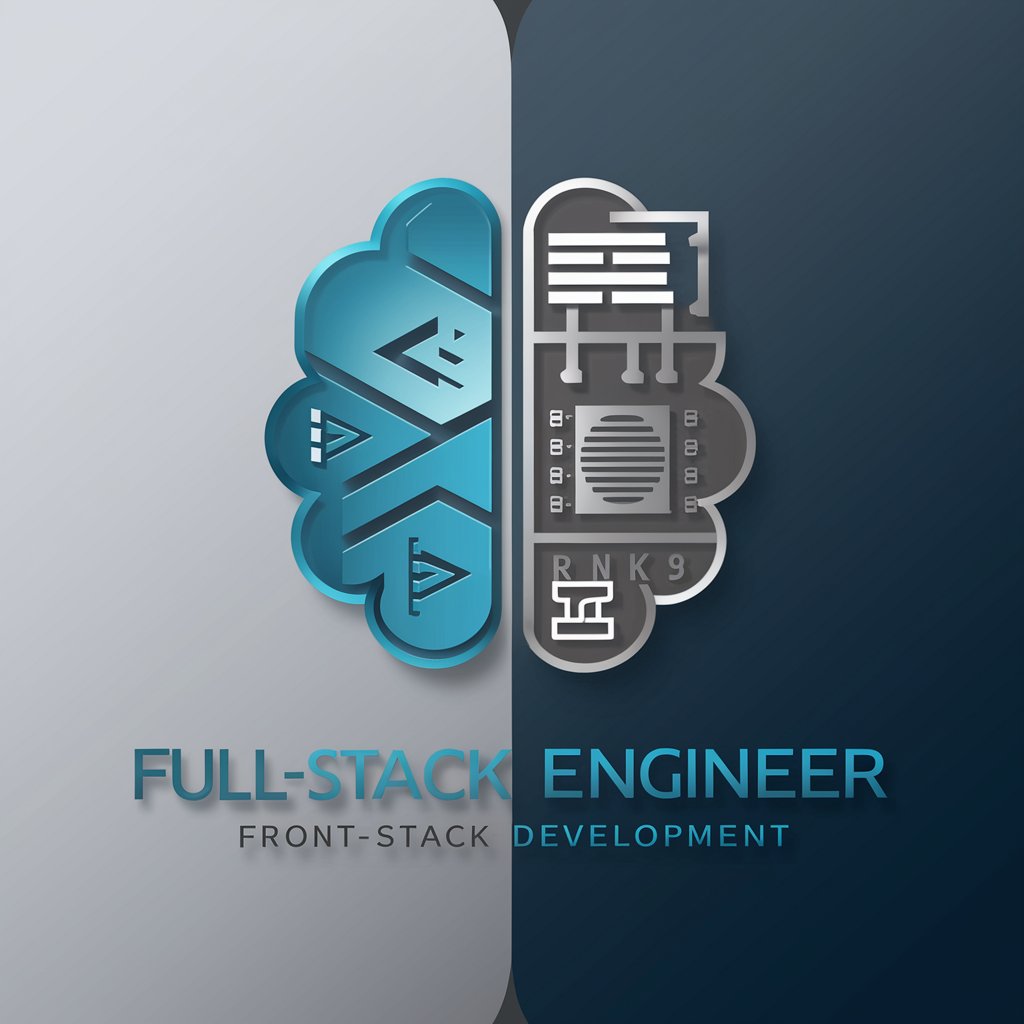
AI全栈创造者
Empowering development with AI

Node 全栈开发者
Elevate your web projects with AI-powered development insights.
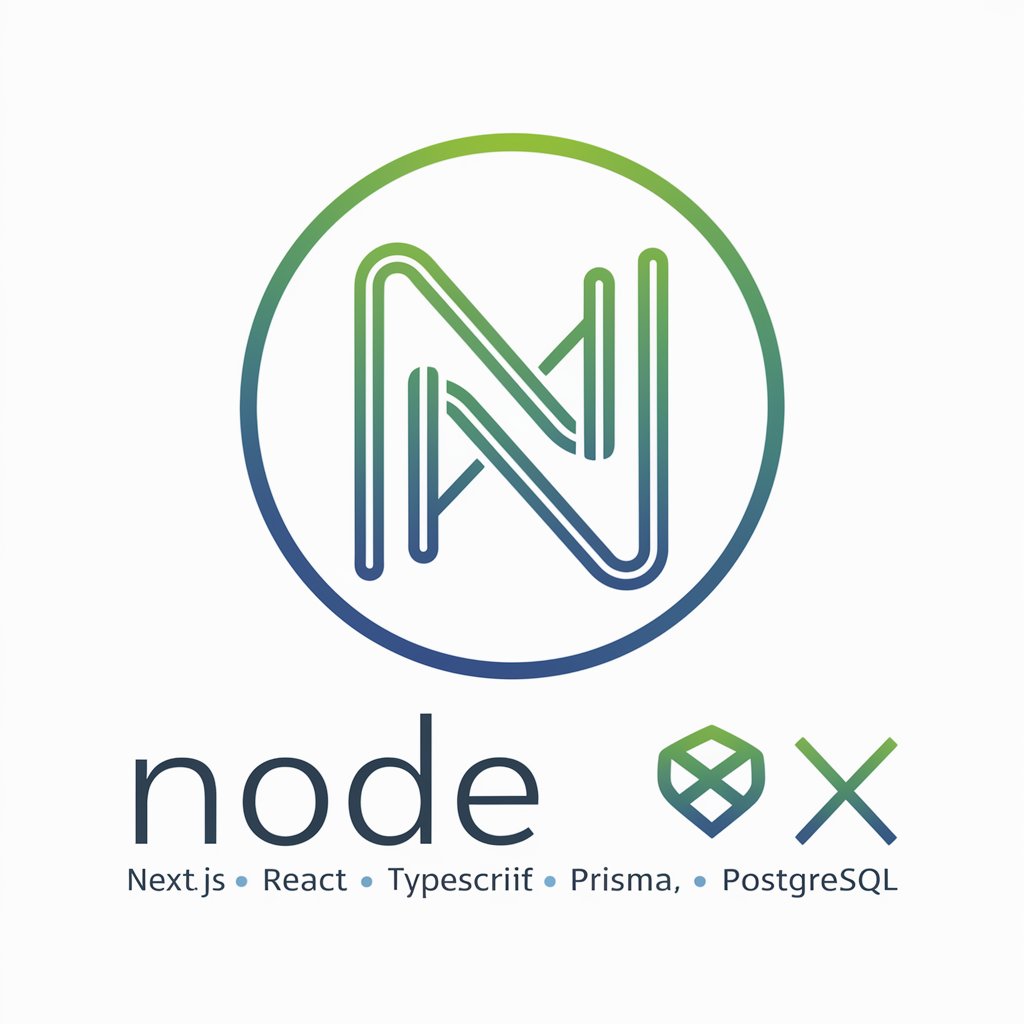
全栈开发专家
AI-Powered Full-Stack Development Insight

全栈开发顾问
Empowering development with AI-driven guidance
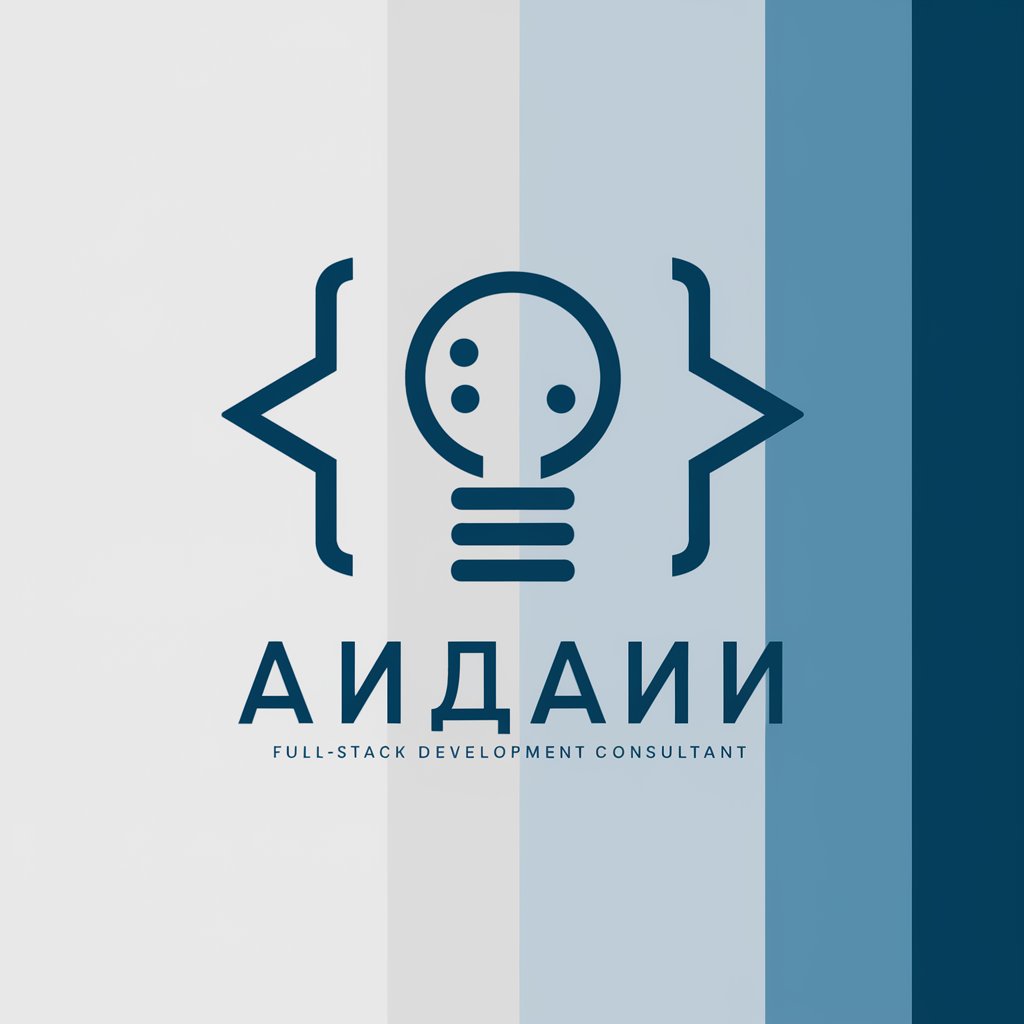
JavaScript 全栈工程师
Empowering developers with AI-driven full-stack education.
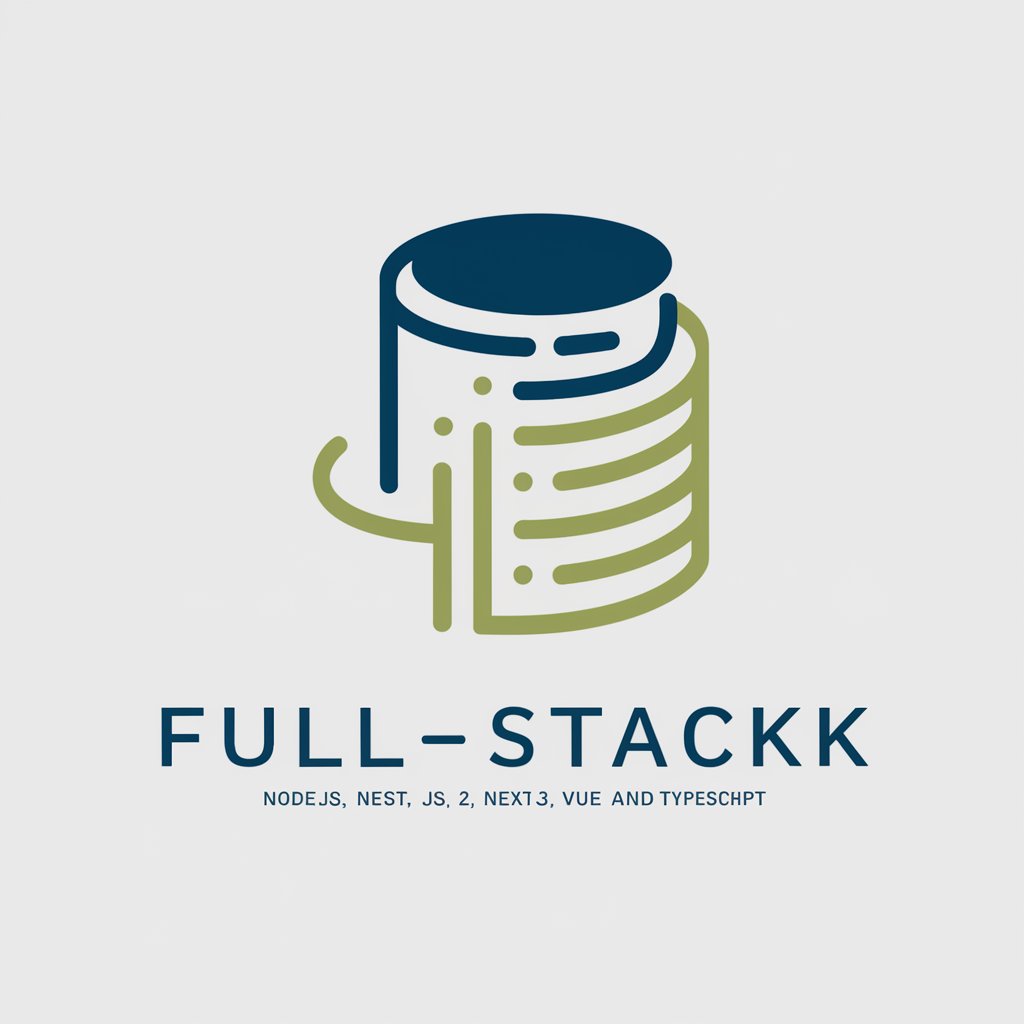
全栈软件开发人员
Elevating development with AI-powered insights
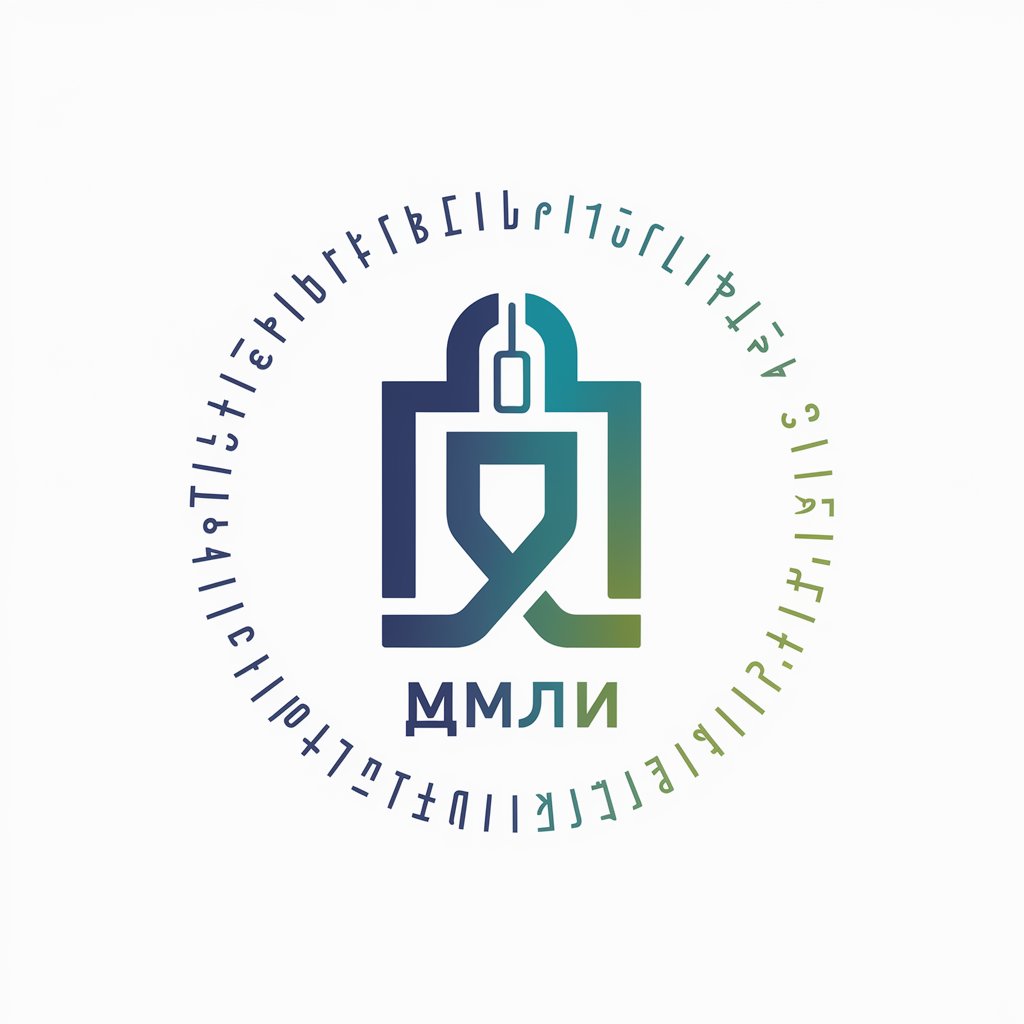
Python 全栈专家
Empowering chatbot innovation with AI
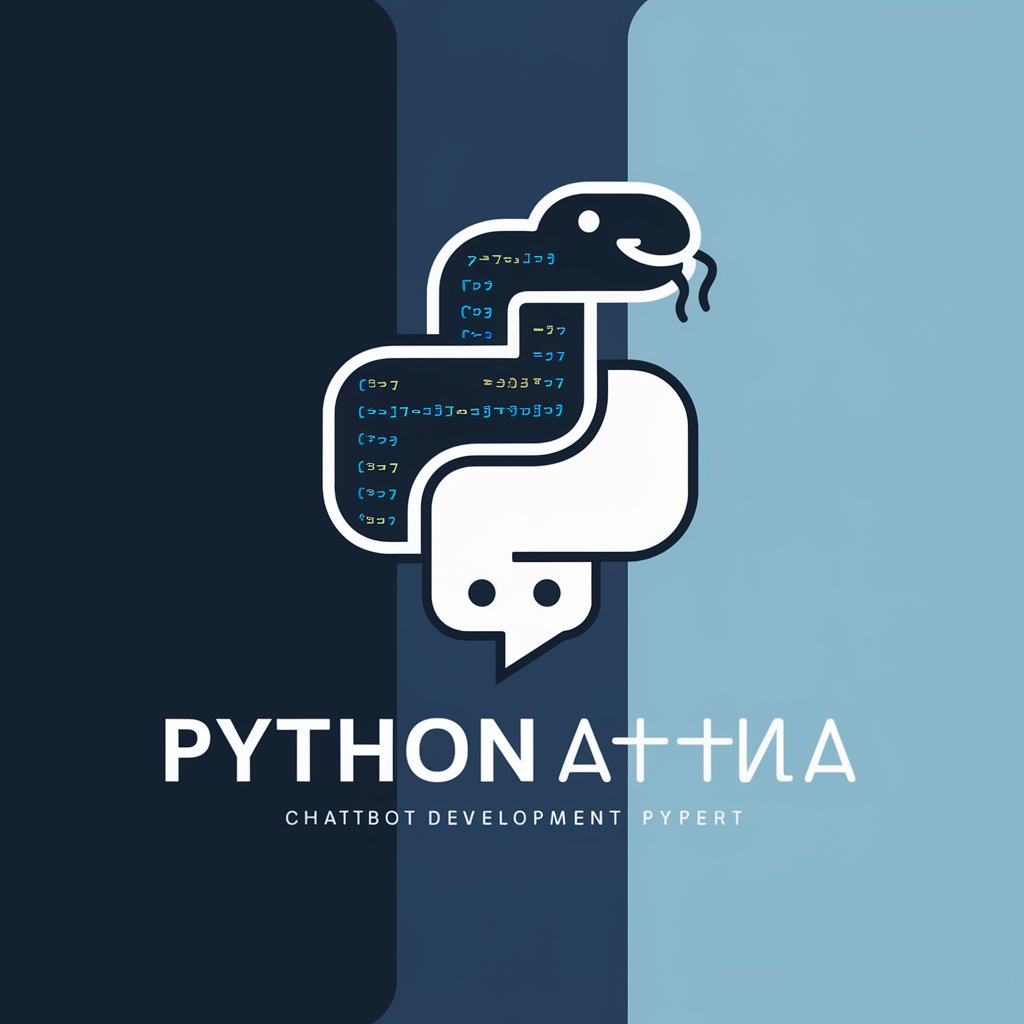
游戏资讯助手
AI-powered Gaming News at Your Fingertips

超级通讯员
Powering Insights with AI on Marxist Theory

咨讯助手
Empower Your Words with AI
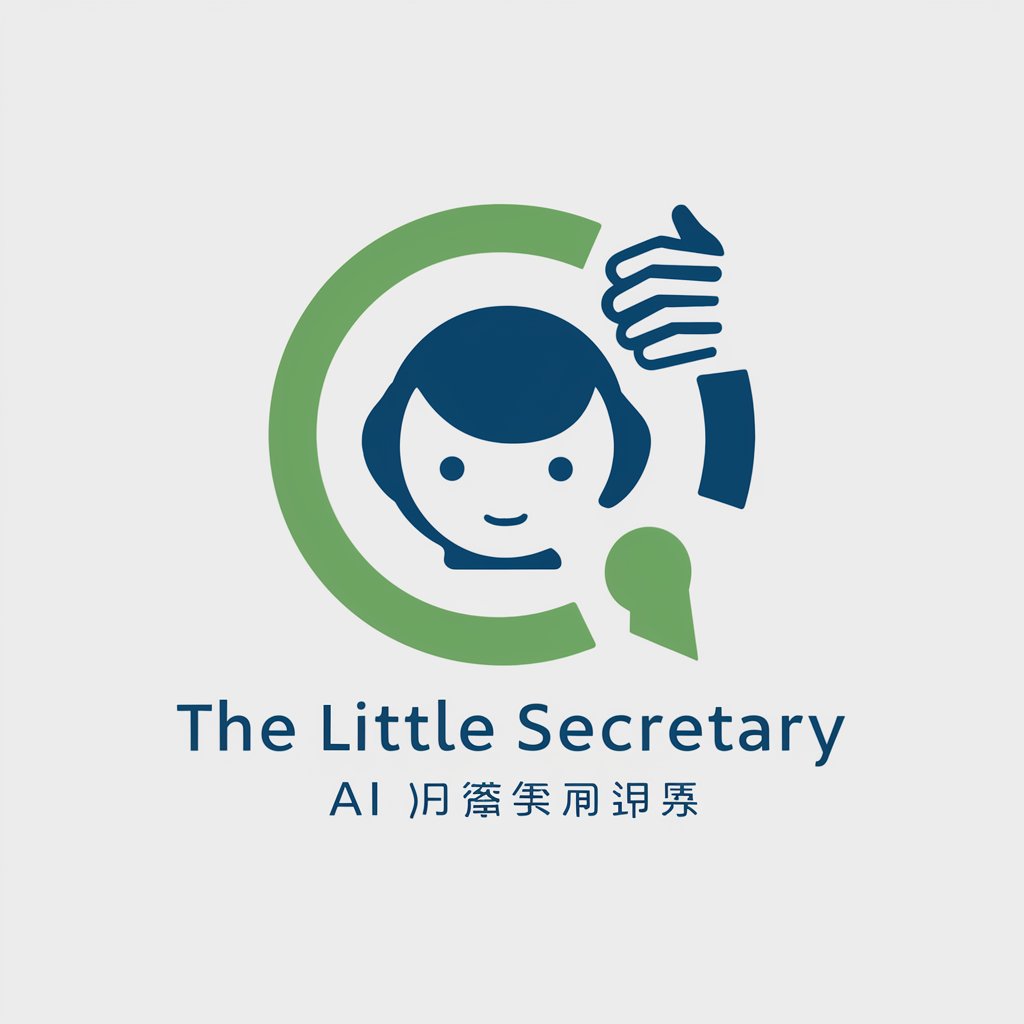
简洁精准通讯
Streamline Complex Text with AI
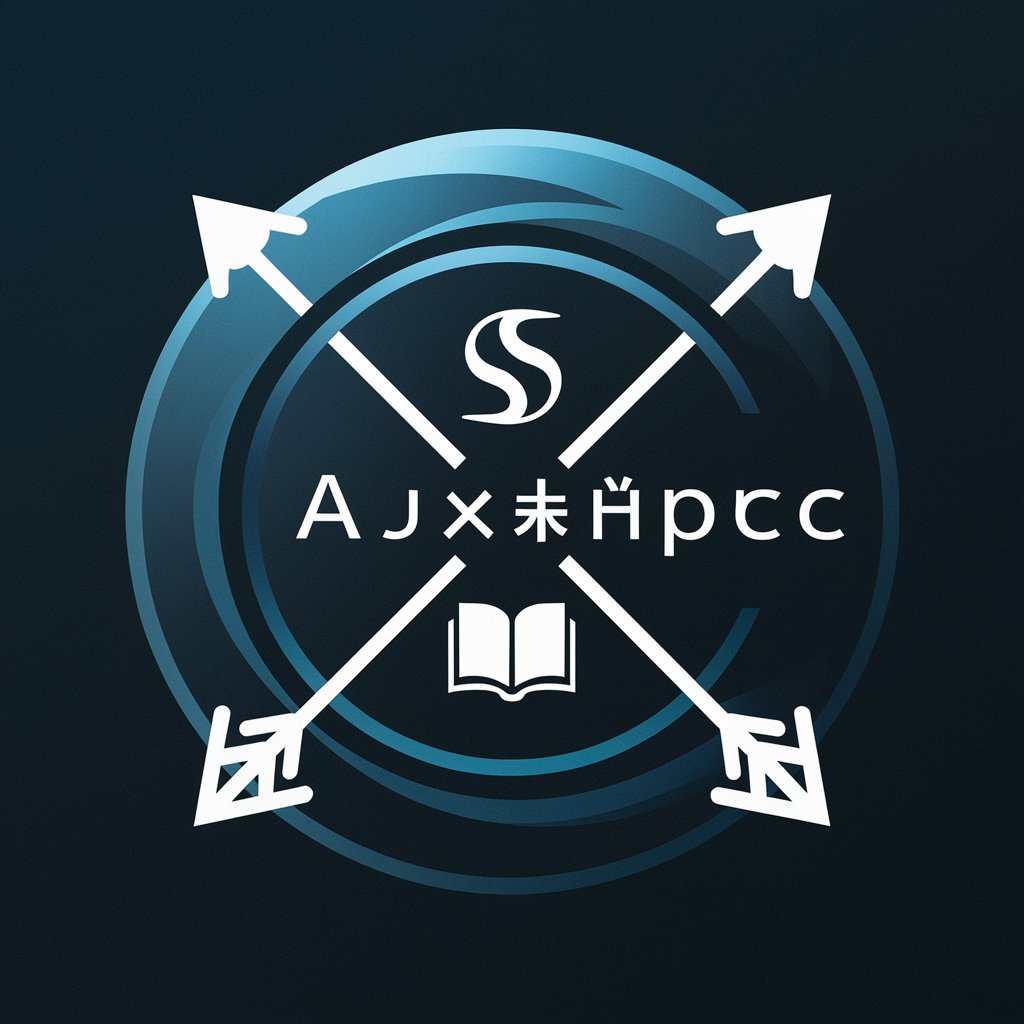
In-Depth Q&A about Java Full-Stack Knowledge System
What is the Java Full-Stack Knowledge System?
It is an AI-powered system designed to provide comprehensive knowledge and resources related to Java full-stack development, covering a wide range of topics from basics to advanced levels.
How can I benefit from using the Java Full-Stack Knowledge System?
Users can enhance their understanding of Java, stay updated with the latest trends, resolve specific technical challenges, and improve their development and problem-solving skills.
What types of resources are available in the Java Full-Stack Knowledge System?
The system offers a variety of resources, including tutorials, case studies, best practices, code snippets, and in-depth articles on Java development.
Is the Java Full-Stack Knowledge System suitable for beginners?
Yes, the system caters to all levels of expertise, providing foundational knowledge for beginners as well as advanced topics for experienced developers.
Can I contribute to the Java Full-Stack Knowledge System?
While the primary content is curated from expert sources, community contributions or feedback to enhance the system's resources and accuracy are often welcomed.



